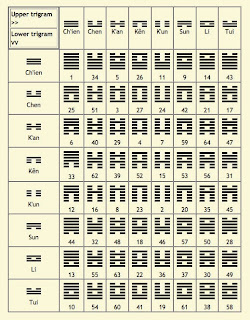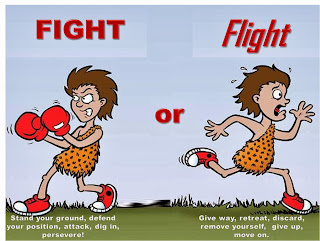In martial arts, we are better equipped to face life’s challenges if we develop strength and humility. We become more confident and resilient, and our minds become calmer therefore sharper and more focused. We gain the ability to assess fast changes, conflicts and take action in a measured and responsible way. Mastering these skills, help us to become more successful in our professional and personal lives, and attain greater peace of mind.
When training in martial arts, you must learn to respect the teacher, the environment and your fellow students while responsible learning to use the techniques. This teaches you humility, as the focus is on perfecting the response using the technique and not on trying to use brutal force or to be the strongest. You also learn to invest in loosing so that your partner can learn, to listen to others and take constructive criticism with an open mind. Learning to be humble instills a sense of discipline and respect for yourself and others.
In addition to learning humility through martial arts training you, become more stable and therefore stronger physically and mentally. Through the practice, you will develop focus, stability, strength, agility, and endurance. You will learn how to use your body properly to be more efficient and effective in your movements, and you will develop a stronger sense of self-confidence. The physical fitness you get from martial arts training can also help you become more resilient, giving you the ability to push past physical and mental limits.
Overall, martial arts offer an excellent way to cultivate
strength and humility. By training regularly and pushing your body and mind
beyond what you think is possible, you will become more fit, and you will learn
the valuable lesson of humility. Not only that, but you will also gain an
appreciation for the beauty and simplicity of martial arts, and you will have a
newfound respect for your body and mind. And not to mention some good friends.





























